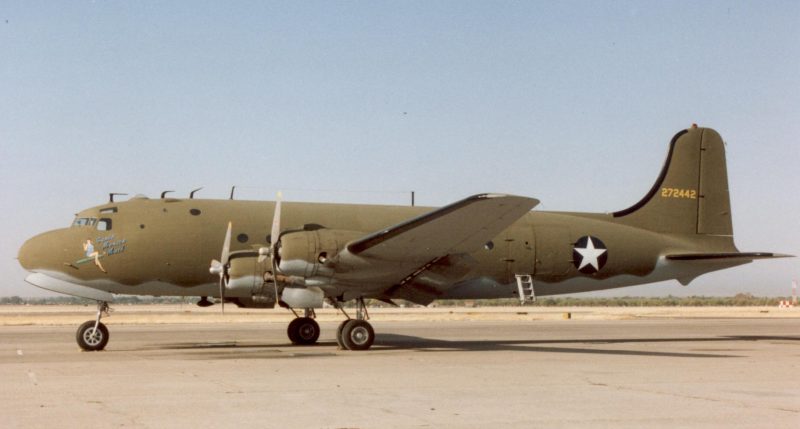One of the largest ever instances of the disappearance of US military personnel happened not during wartime but in 1950 when a US Air Force (USAF) Douglas C-54 Skymaster of Strategic Air Command disappeared en route from Anchorage, Alaska to Great Falls, Montana. No trace of the aircraft, its crew, or passengers has ever been found.
The C-54 Skymaster was a militarized version of the Douglas DC-4, an unpressurized airliner powered by four Wasp piston engines. When America entered World War II the War Department requisitioned all existing orders for DC-4 airliners and had them modified with additional fuel tanks and designated as the C-54 Skymaster.
The C-54D, provided with uprated engines, entered service in 1944 and these aircraft served in all theaters during WWII. They also provided airlift capacity in the Korean War and during the Berlin Airlift.
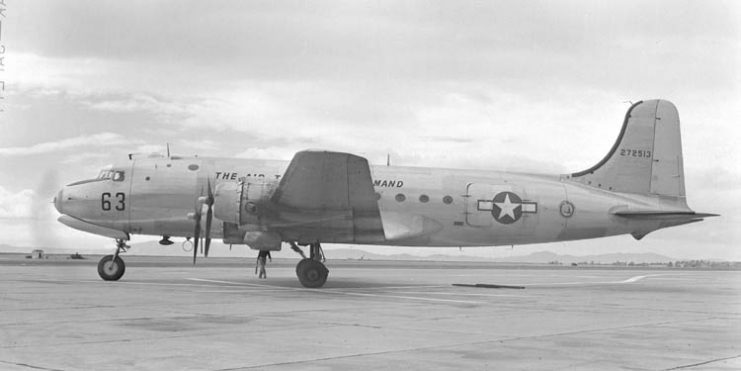
By 1950 the Skymaster was beginning to be phased out of USAF service, being replaced by the much larger Douglas C-124 Globemaster II. However, large numbers of C-54s were still in use. On Thursday, January 26, C-54D 42-72469 of the First Strategic Support Squadron, Strategic Air Command was detailed to fly US servicemen from Elmendorf AFB in Anchorage, Alaska to Great Falls AFB in Montana.
The aircraft carried eight crew members: the pilot and co-pilot, an instructor pilot, navigator, radio operator, and three flight engineers. The passengers comprised thirty-four US servicemen, and two civilians – Mrs. Joyce Espe and her infant son Victor.
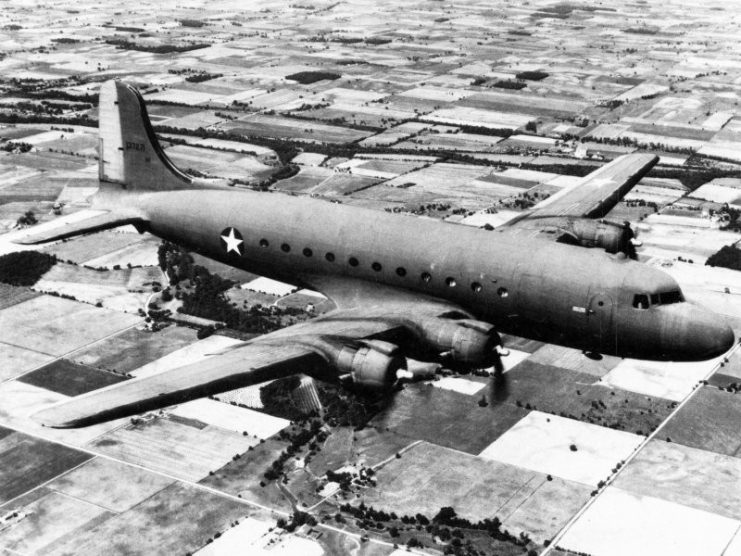
The C-54 attempted to take off during the morning of January 26th, but problems with one of its engines forced it to remain at Elmendorf while repairs were completed. It finally departed at around 1:00 PM local time on what was planned to be an eight hour flight, crossing some of the most rugged and desolate terrain in North America. The weather was clear but very cold, reaching -25°F at ground level in a number of places.
For much of its journey, the C-54 used Airway Amber 2, an air route established during WWII and which follows the Alaska Highway. In 1950 the route was provided with a radio station and an emergency strip approximately every 100 miles.
As per standard operating procedure, the aircraft was required to make regular radio situation reports en-route. At 3:09 PM local time, around two hours after take off, the C-54 made a routine report that it was flying at 10,000 feet over the small town of Snag in Yukon and that it expected to reach the next radio station, at Aishihik in Yukon, thirty minutes later.
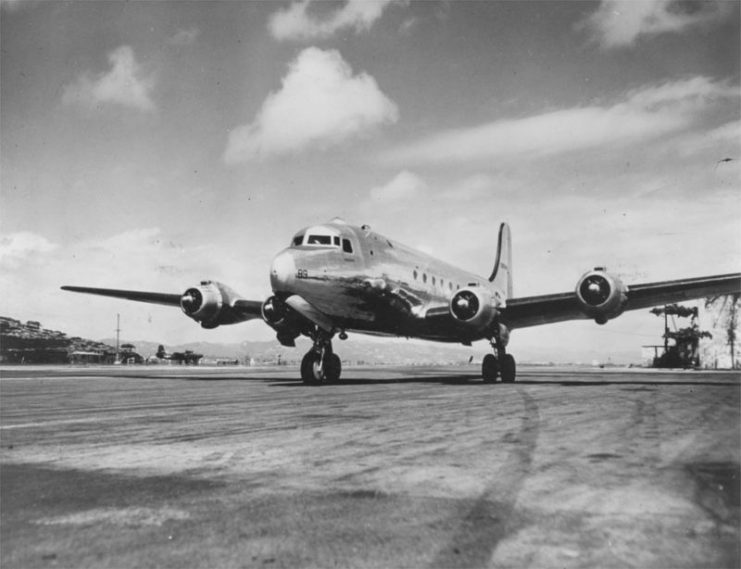
That was the last time that anyone heard from the Skymaster. Despite massive and continuing searches, there remains no clue as to what may have happened to it.
When the C-54 failed to arrive in Great Falls, a search operation was launched – Operation Mike (the pilot of the missing aircraft was 1st Lieutenant Mike Tisik). The search was aided by the fact that large numbers of US aircraft and troops were already in Alaska for Exercise Sweetbriar, a joint US/Canadian military exercise.
Up to eighty-five US and Canadian aircraft took part in the search for the missing C-54, assisted by seven thousand men on the ground.
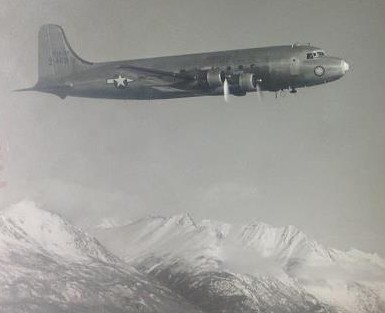
It seemed incredible to believe that an aircraft as large as a C-54 could simply vanish, but that is precisely what happened. At the time, there was no radar coverage in the area in which the aircraft was lost which might have given a clue as to its fate. Despite what was then one of the largest search operations ever undertaken, no trace was found of the missing aircraft, its crew, or passengers.
There were unconfirmed reports of the receipt of faint and garbled radio messages, and the sighting of smoke and people who might have been survivors, but many of these were found to originate with troops taking part in Exercise Sweetbriar, and none were ever proven to be attributable to the missing aircraft.
During the search, three C-47 aircraft (two USAF and one Royal Canadian Air Force) crashed, though fortunately all three were quickly located and there were no fatalities. The search continued until February 14th, when the USAF abruptly switched focus to look for a missing nuclear bomb.
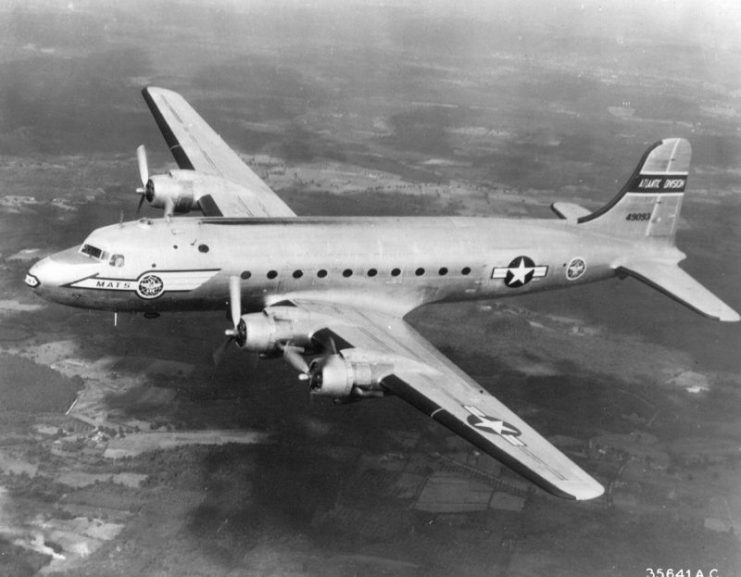
On February 13th, 1950, a Convair B-36 Peacemaker carrying a Mark IV Fat Man nuclear weapon suffered fires in three of its engines while en route from Alaska to Texas, and was forced to jettison its bomb in the ocean off British Columbia. The seventeen crewmembers on the B-36 bailed out over Canada and the USAF launched a search for the missing men and the nuclear weapon.
The missing bomb was not live – it was a training weapon containing a core of lead rather than radioactive material, but it was still a highly secret device which the USAF urgently wanted to recover. Twelve of the crew from the B-36 were subsequently rescued, but the crash site of the B-36 wasn’t found until three years later during a search for a missing aircraft owned by Texas millionaire oilman Ellis Hall.
The body of one crew member was found at the B-36 crash site, but the remaining four missing men were never located. The jettisoned nuke was also never found, but on-going searches meant that on February 20th, 1950 the search for the missing C-54 Skymaster was officially ended. The next of kin of both the crew and passengers were informed that all on board were presumed to have died.
In the almost seventy years since, no one has found any trace of the missing C-54. How can that be? How can a 100-foot long military aircraft which weighs over seventeen metric tonnes, and forty-four people, simply vanish without a trace?
The terrain over which the C-54 disappeared is certainly rugged and remote, but an aircraft that large should have left a readily identifiable crash site. Some people have suggested that the C-54 may have crashed (or attempted a landing) on a frozen lake only to drop through the ice.
That is certainly possible, but none of the lakes in the region are especially deep and no one has ever reported floating debris or leaking fuel or oil in any of the likely locations.
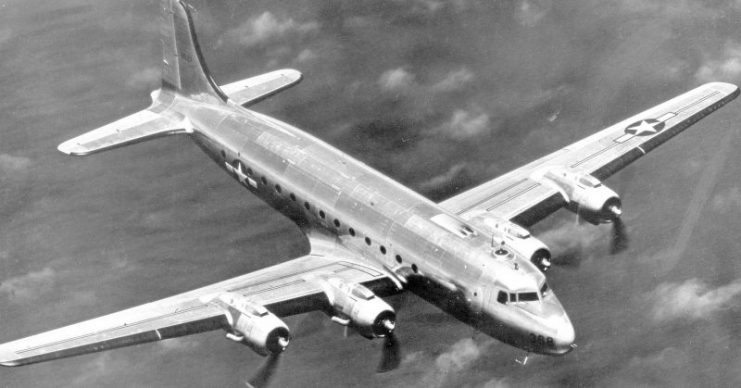
Another option is that, after passing over Snag, for unknown reasons, the C-54 flew off course to the south, over the Gulf of Alaska, instead of continuing southeast towards Whitehorse. It might then have ditched in the ocean. But no one has been able to explain why, if this was the case, no radio messages were received from the aircraft.
In 2012, relatives of those who were lost on the C-54 created Operation Mike, a group dedicated to finding the missing aircraft and its occupants. A petition was raised to request the US government to reopen the search using modern technology, but to date, the attitude of the USAF is that it will not resume searching unless significant new evidence is discovered.
The organizers of Operation Mike have set up a Facebook page where you can stay up-to-date with their efforts.
The disappearance of the C-54 Skymaster and forty-four people in January 1950 remains one of the single largest incidents of the vanishing of US military personnel. The lack of any rational explanation has caused untold distress for the family and friends of the missing. Unfortunately, it seems likely that this tragic event will remain a mystery, unless and until the wreckage of the missing aircraft is located.
